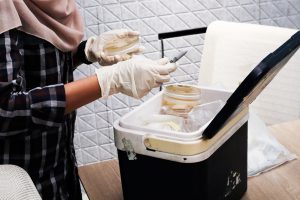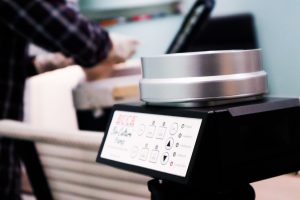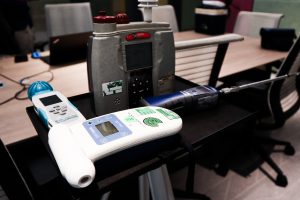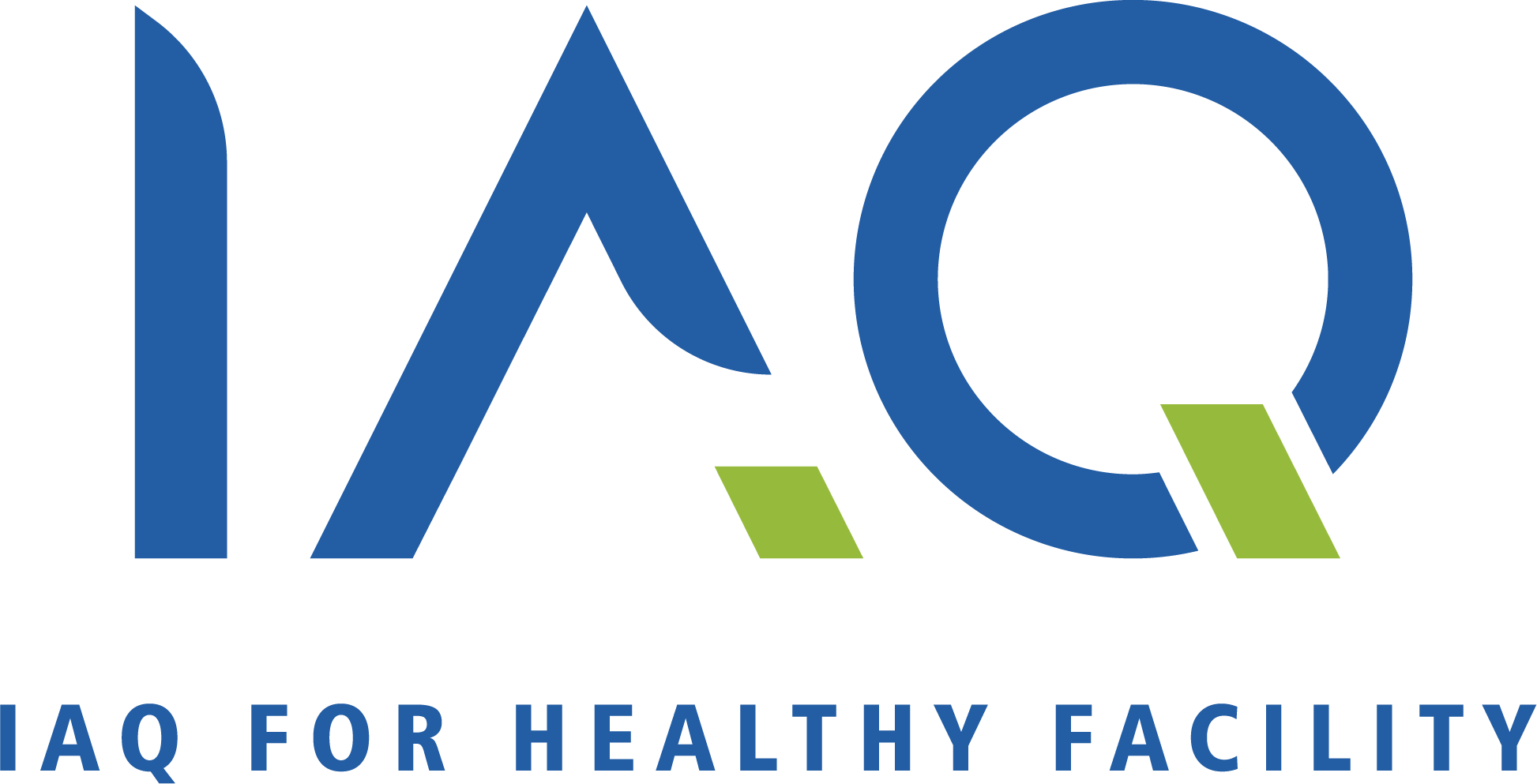Hygiene and Disinfection
The presence of mold inside the facilities or buildings affects the indoor air quality, causing its occupants to be exposed to health risks such as respiratory problems, allergies, and irritation. These could be even more severe, depending on individual acceptance and adaptability. In some cases, infections cannot be seen in a short period of time where these infectious bacterias can be seen for a long period of time.
Why is Mold Decontamination Important
Do you know that having mold in your facility is a sign of poor indoor air quality? Do you know that spaces or areas that contain mold are actually inhaling the mold? Do you know how harmful it could be?
Although mold spores are generally harmless, if it is attached in a moist area of the facility, it will begin to develop. When mold grows on a surface, spores can easily be released into the air and inhaled. People who are allergic to mold and inhale a high concentration of spores, may develop health problems, such as asthma, allergies and other respiratory problems. This could be severe for some people, signifying why indoor air quality inside a facility is crucial in affecting someone’s health.
- Prevent health problems
- Better Indoor Air Quality
How Can Mold Be Prevented?
Have control on the humidity
Every commercial building must not exceed 70% RH readings and must not lower than 40% RH as per guidance given by DOSH, acceptable relative humidity is only between 40% - 70% to ensure or maintain a good indoor air quality.
Ensuring free airflows
Free flow of air helps to prevent mold from having the opportunity to land its home in the building, where it helps in controlling the humidity inside the building.
Proper maintenance on the ventilation system
As the contaminants disperse through the air, the possibility of the pathogens to be struck and stuck inside the ventilation system is high which will then be transmitted to the area inside the facilities or buildings. Therefore, a good or proper maintenance on the ventilation system is crucial to prevent mold existence or their presence in the facilities or buildings.
Ensure dry space or area
Any area must not be exposed to excessive humidity which can cause that place to be damped. Damp areas stimulate mold growth, emphasizing that any area that is leaking (water leak) needs to be fixed and sealed to ensure the area or space is dry.
Replacing or prevent
Avoid using or having materials that could be hiding places for the molds such as carpet on the most exposed watering or moist area as this material could absorb moisture.
Our Process




Frequently Asked Questions
Mold is present everywhere. The fact is, when we talk about mould being everywhere, we’re referring to the fact that it’s also in the air, both indoors and outdoors. Mold growing in a building is a sign that something has gone wrong. There are millions of different locations out there. Many, if not all, of these locations do not have mold.
No one can agree on how many kinds of mold exist in the world. Estimates range from tens of thousands to over three hundred thousand. Only a small percentage of mold is inescapable in your geographic location.
Generally, visually mould will appear as discoloration of a surface. Mold smells musty. Mold frequently grows in basements, attics, under carpets, in closets, or behind walls. It stains walls, ceilings, and furniture. Mold can be detected by the discoloration of surfaces, which include white, black, brown, green, tan, and purple.
That won’t work. The mold can grow again on the painted surface, but unseen mould spores are also present elsewhere, away from the growth zone.
Mold is happy to feed on paint because paint is stuck to Sheetrock paper, which is an organic surface. Organic paint contains mold food.

